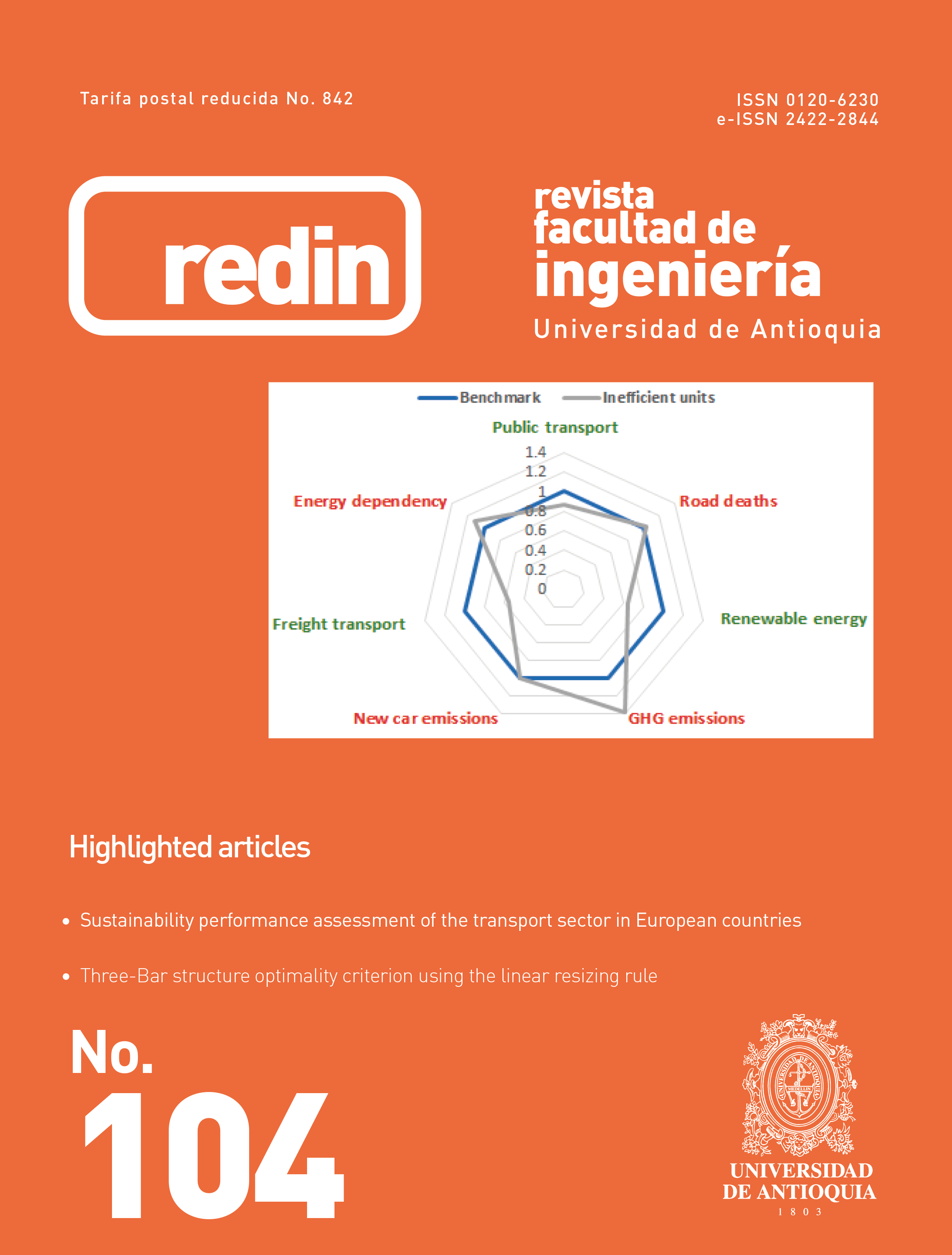Editorial
DOI:
https://doi.org/10.17533/udea.redin.20220475Keywords:
Editorial, scientific journals, open access, business modelsAbstract
The first free-access electronic scientific journals appeared with the creation of the Internet, before the invention of the world wide web. In 1991, Surfaces and Psycoloquy were pioneering journals featuring free internet content and ensuring the copyright of the authors (as would later be said in the Budapest declaration or in the Berlin declaration) [1]. Another example was The Public-Access Computer Systems Review, an electronic journal established in 1991, also committed to spreading Open Access (OA). One of the articles published in the first issues of this journal entitled "Online journals: disciplinary designs for electronic scholarship" described what would happen a few years later: the Internet or other networks would be the vehicle for scientific communication; the digital world would allow an acceleration in the dissemination of science compared to the printed era and that the cost of electronic publication would be lower than the printed version, therefore it could reach a greater number of users [2].
Downloads
References
(2002, Feb. 14,) Budapest open access initiative. BOAI. [Online]. Available: https://www.budapestopenaccessinitiative.org/read/
T. M. Harrison, T. Stephen, and J. P. Winter, “Online journals: Disciplinary designs for electronic scholarship,” The Public-Access Computer Systems Review, vol. 2, no. 1, 1991. [Online]. Available: https://hdl.handle.net/10657/5145
Sobre las licencias. Creative Commons. Accessed Apr. 01, 2022. [Online]. Available: https://creativecommons.org/licenses/
P. G. Haschak, “The ’platinum route’ to open access: A case study of e-jasl,” The Electronic Journal of Academic and Special Librarianship, vol. 12, no. 4, 2007. [Online]. Available: http://informationr.net/ir/12-4/paper321.html
S. S. Izquierdo, L. R. Izquierdo, and J. M. Izquierdo, “Publishing science in the digital age. the case of Neurocirugía,” Neurocirugía, vol. 18, 2007. [Online]. Available: https://scielo.isciii.es/pdf/neuro/v18n3/especial.pdf
Springer.com, palgrave.com, and apress.com are changing. Springer. Accessed Apr. 01, 2022. [Online]. Available: https://www.springer.com/sgw/cda/frontpage/0,11855,5-40359-0-0-0,00.html
Open access at Oxford University Press. Oxford Academic. Accessed Apr. 01, 2022. [Online]. Available: https://academic.oup.com/journals/pages/open_access
Published
How to Cite
Issue
Section
License
Copyright (c) 2022 Revista Facultad de Ingeniería Universidad de Antioquia

This work is licensed under a Creative Commons Attribution-NonCommercial-ShareAlike 4.0 International License.
Revista Facultad de Ingeniería, Universidad de Antioquia is licensed under the Creative Commons Attribution BY-NC-SA 4.0 license. https://creativecommons.org/licenses/by-nc-sa/4.0/deed.en
You are free to:
Share — copy and redistribute the material in any medium or format
Adapt — remix, transform, and build upon the material
Under the following terms:
Attribution — You must give appropriate credit, provide a link to the license, and indicate if changes were made. You may do so in any reasonable manner, but not in any way that suggests the licensor endorses you or your use.
NonCommercial — You may not use the material for commercial purposes.
ShareAlike — If you remix, transform, or build upon the material, you must distribute your contributions under the same license as the original.
The material published in the journal can be distributed, copied and exhibited by third parties if the respective credits are given to the journal. No commercial benefit can be obtained and derivative works must be under the same license terms as the original work.










 Twitter
Twitter